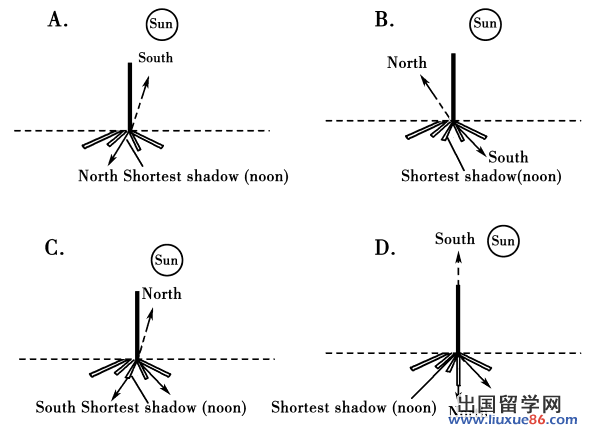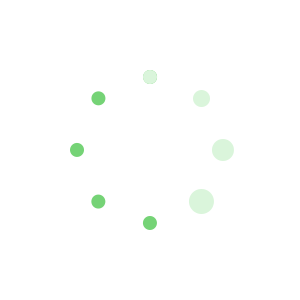出国留学网高考频道在考试后及时公布各科高考试题答案和高考作文及试卷专家点评。请广大考生家长关注,祝福广大考生在2013年高考中发挥出最佳水平,考出好成绩!同时祝愿决战2014高考的新高三学员能倍加努力,在2014年高考中也能取得优异的成绩。
Plants can‟t communicate by moving or making sounds, as most animals do. Instead, plants produce volatile compounds,chemicals that easily change from a liquid to a gas. A flower‟ s sweet smell, for example, comes from volatile compounds that the plant produces to attract insects such as bugs and bees.
Plants can also detect volatile compounds produced by other plants.A tree under attack by hungry insects, for instance, may give off volatile compounds that let other trees know about the attack. In response, the other trees may send off chemicals to keep the bugs away — or even chemicals that attract the bugs‟ natural enemies.
Now scientists have created a quick way to understand what plants are saying: a chemical sensor(传感器) called an electronic nose. The “enose” can tell compounds that crop plants make when they‟re attacked.Scientists say the enose could help quickly detect whether plants are being eaten by insects. But today the only way to detect such insects is to visually inspect individual plants. This is a challenging task for managers of greenhouses ,enclosed gardens

that can house thousands of plants.
The research team worked with an enose that recognizes volatile compounds. Inside the device, 13 sensors chemically react with volatile compounds. Based on these interactions, the enose gives off electronic signals that the scientists analyze using computer software.
To test the nose, the team presented it with healthy leaves from cucumber, pepper and tomato plants, all common greenhouse crops. Then the scientists collected samples of air around damaged leaves from each type of crop. These plants had been damaged by insects, or by scientists who made holes in the leaves with a hole punch (打孔器).
The enose, it turns out, could identify healthy cucumber,pepper and tomato plants based on the volatile compounds they produce. It could also identify tomato leaves that had been damaged. But even more impressive, the device could tell which type of damage — by insects or with a hole punch — had been done to the tomato leaves.
With some finetuning,a device like the enose could one day be used in greenhouses to quickly spot harmful bugs, the researchers say. A device like this could also be used to identify fruits that are perfectly ripe and ready to pick and eat, says Natalia Dudareva, a biochemist at Purdue University in West Lafayette, Ind. who studies smells of flowers and plants. Hopefully, scientists believe, the device could bring large benefits to greenhouse managers in the near future.
[语篇解读] 植物会说话吗?植物如何“交流”?本文中的科学家们正在尝试用enose来测试植物受到伤害时的反应。
1.We learn from the text that plants communicate with each other by________.
A. making some sounds B. waving their leaves
C. producing some chemicals D. sending out electronic signals
[解析] 事实细节题。从文章第一段中的“Instead,plants produce volatile compounds,chemicals that...”可知,植物通过它本身所产生的一种化学物质来进行交流,所以答案选C。
[答案] C
2.What did the scientists do to find out if the enose worked?
A. They presented it with all common crops. B. They fixed 13 sensors inside the device.
C. They collected different damaged leaves. D. They made tests on damaged and healthy leaves.
[解析] 逻辑推理题。从文章第五段可知,为了证实enose的效果,科学家用受到伤害的叶子与健康的叶子来测试。所以选D。
[答案] D
3.According to the writer, the most amazing thing about the enose is that it can________.
A. pick out ripe fruits
B. spot the insects quickly
C. distinguish different damages to the leaves
D. recognize unhealthy tomato leaves
[解析] 事实细节题。从倒数第二段中的“But even more impressive,the device could tell which type of damage...”可知,最令人惊奇的是enose能够分辨叶子受到的不同的“伤害”。
[答案] C
4.We can infer from the last paragraph that the enose________.
A. is unable to tell the smell of flowers
B. is not yet used in greenhouses
C. is designed by scientists at Purdue
D. is helpful in killing harmful insects
[解析] 逻辑推理题。从文章最后一段中的“could one day be used in greenhouses to...”推断可知,enose还没有运用到greenhouses中,由此推断B是答案。
[答案]B
2013高考英语试题分类小结篇:情态动词与虚拟语气
2013高考英语试题分类小结篇:动词的时态和语态
相关链接:
2013浙江英语试题及答案解析
2013辽宁英语试题及答案解析
| 湖南高考语文试题 | 湖南高考数学试题 | 湖南高考英语试题 | 湖南高考理综试题 | 湖南高考文综试题 |
| 湖南高考语文答案 | 湖南高考数学答案 | 湖南高考英语答案 | 湖南高考理综答案 | 湖南高考文综答案 |



